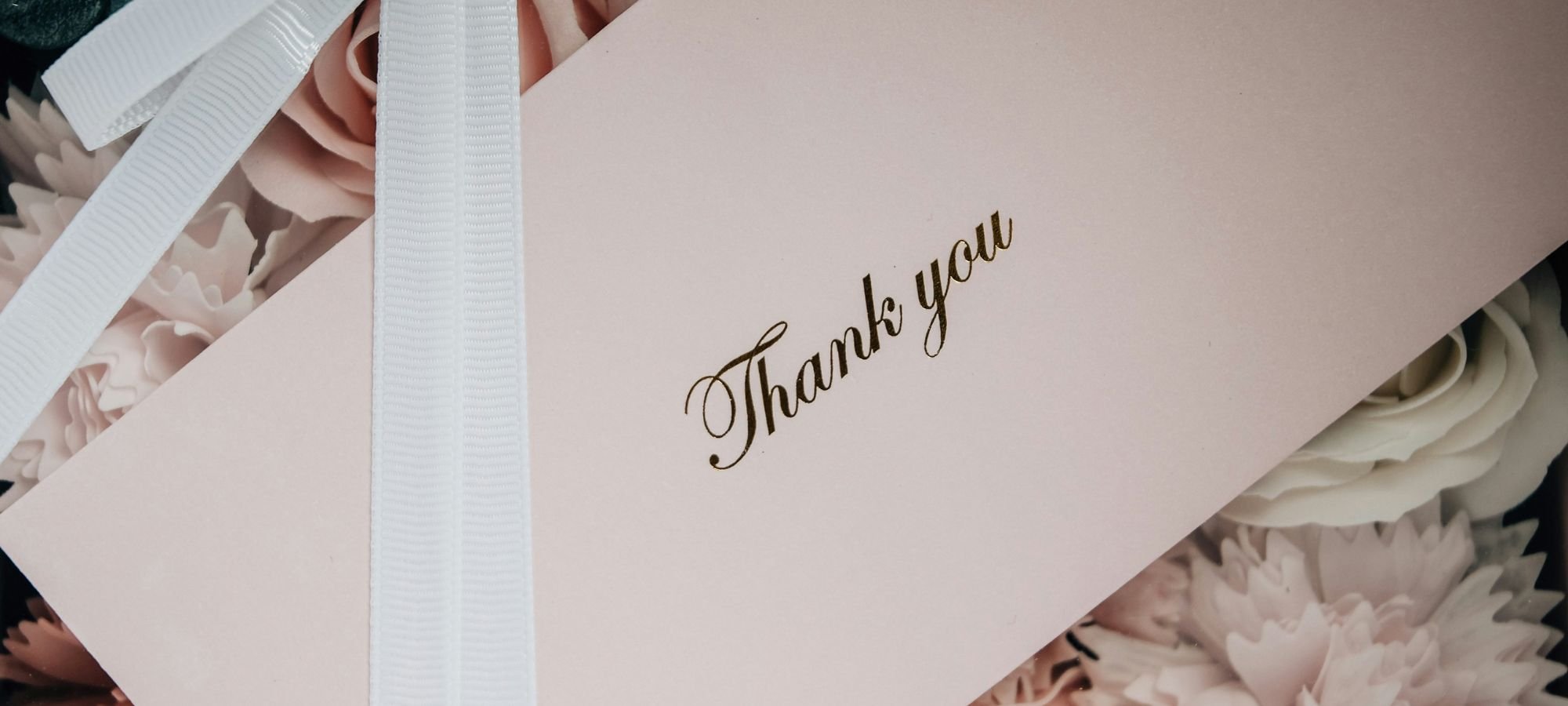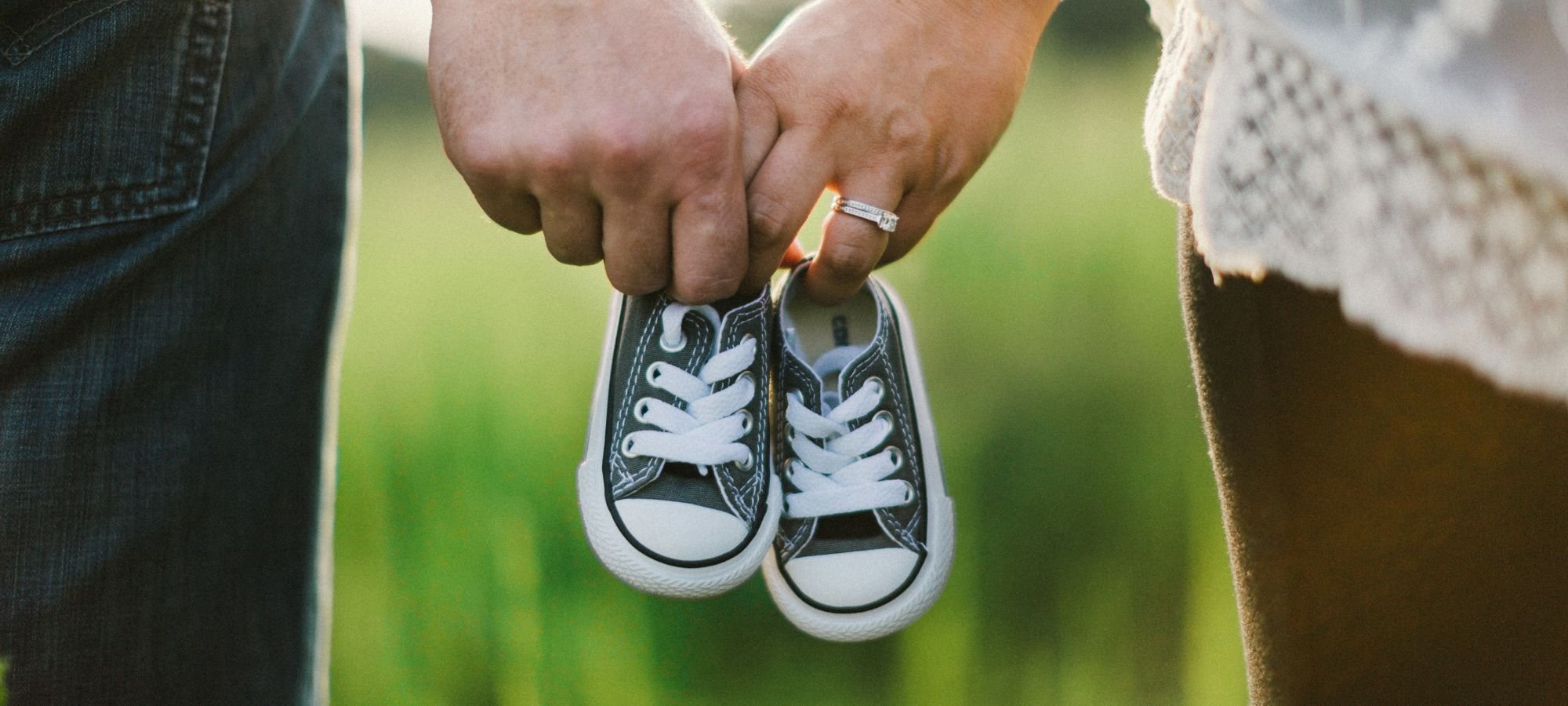How do you say “I love you” to your other half? Is it a peck on the cheek every morning? Perhaps decadent flowers and a card, even when it’s not your anniversary? Or maybe it’s whisking them away on a romantic weekend to their favourite place?
We all have different ways to say I love you, but most of us will remind our significant other every day with the simple phrase, ‘I love you.’ But if you’re looking for a more romantic and creative way to profess your feelings of desire this Valentine’s Day, you could always try learning how to say I love you in different languages!
Of course, we know you don’t have time to learn to say “I love you” in every language across the globe, but it’s a charming idea to write a romantic note on your Valentine’s Day card written with “I love you” in Spanish, French, Italian, Portuguese, or Japanese? Why not all five?
So, put some time aside and warm up those vocal cords – we’re teaching you how to say “I love you” in different languages.
But first things first, if you’re interested in spicing things up, you should check out our gorgeous range of Valentine’s Day cards. Our creators have even come up with some designs featuring messaging saying ‘I love you’ in other languages, just take a look at the below:
12 ways to say I love you in different languages
Looking for a romantic sentiment with a difference, pondering what to write in an anniversary card, or just crossing the language barrier with your multilingual significant other? We’re here to help – here’s how to say I love you in different languages from across the globe.
- French: Je t’aime
- Italian: Ti amo
- German: Ich liebe dich
- Dutch: Ik hou van jou
- Swedish: Jag älskar dig
- Finnish: Mina rakastan sinua
- Chinese: 我爱你 (Wo ai ni)
- Korean: 사랑해 (Saranghae)
- Russian: Я люблю тебя (Ya lyublyu tyebya)
- Greek: S’agapo
- Swahili: Naku penda
- Hawaiian: Aloha wau ia ‘oe
How to say I love you in the most romantic languages
If you’re declaring your love, then it seems fitting to do it in a suitably romantic language. Here are a couple of the most romantic languages, bound to sweep any potential paramour off their feet.
Spanish
If you want to tell your partner you love them in Spanish, you can say either “te quiero” or “te amo”. We’d suggest going with the latter if you want it to feel more intimate, as te amo is reserved specifically for deep affection.
French
For those wanting to brighten their partner’s day with a few French whispers, “je t’aime” is how the French tell their other half they love them.
Italian
And perhaps proving why Mediterranean accents are so popular in general, “ti amo” is also how you say “I love you” in Italian. Now, we’re not saying one country copied the other, but the similarities are uncanny.
Portuguese
Moving on to Spain’s other neighbour, when it comes to love in different languages, the Portuguese like their declarations to be a bit more linguistically challenging. “Eu amo você” is “I love you in Portuguese, and if you get the pronunciation right, it really rolls off the tongue.
Japanese
Last, but by no means least, Japanese is a complex but beautiful language – we won’t assume that you can read Japanese kanji, but the literal translation of “I love you” is 愛してる, translated as ai shiteru. However, this is an intense and weighty declaration of love – so most Japanese people would express their love in a slightly more informal way, saying either 大好き, (‘daisuki’), or 大好きだよ, (‘daisuki da yo’), meaning roughly ‘I like you’ and ‘I like you a lot’.
How to say I love you in sign language
If you want to express your love to someone who’s Deaf or hard of hearing, then learning how to say I love you in sign language is a great way to show how you care.
Much like in spoken English, there are differences between British and American sign language, that’s why we cover both BSL and ASL below.
How to say I love you in British Sign Language
- Point to your chest for ‘I’
- Cross your hands flat against your chest for ‘love’
- Point to the other person for ‘you’
How to say I love you in American Sign Language
Sometimes regarded as the international sign for ‘I love you’, as well as an important sign for the Deaf community, the sign for ‘I love you’ is a combination of the way you’d spell the letters I-L-Y, standing for ‘I love you’!
- Spread out the fingers on one hand
- Bend your middle finger and ring finger down to touch your palm, keeping your other fingers pointed
- Direct your hand towards the person you’re talking to
Other ways to profess love in different languages
If these romantic ways to say I love you have got you feeling even more inspired to get for your anniversary or for Valentine’s Day, don’t you worry. Like with English, we know there are far more ways for people to say they love you. In different languages, it’s no different.
In fact, you could argue that love in different languages can be expressed in more unique and charming ways than English allows. That’s why we’ve included our favourite romantic statements from each language for you to try out in a romantic Valentine’s Day card.
Spanish includes some truly beautiful statements to get across just how much someone means to you, but our favourite is also the cutest. “Eres mi media naranja” translates almost exactly to “you are my half orange”, an adorable and unique way to tell someone they’re your soulmate.
As for our favourite French saying, this one is much closer to the heart. Literally, in the case of translation. “Mon coeur bat la chamade pour toi” is the equivalent of saying “my heart beats loudly for you”, essentially saying that someone makes your heart race.
If you err more on the side of dramatic proclamations, you could always opt for the Italian saying, “sono pazzo di te”, or, “I’m crazy for you”. But if the purest romance is what you’re after, saying “não sou nada sem você” is the Portuguese for “I’m nothing without you”.
Finally, if you’re thinking of popping the question in another language and want something different to will you marry me, the Japanese have the saying “boku no myōji ni kaete moraemasen ka?” Meaning, “will you change your surname to mine?”
And there we have it – hopefully, you know exactly what you want to say to your partner, but if you’re still not sure, check out our guides on what to write in a Valentine’s Day card or what to write in a first anniversary card.
Alternatively, if you fancy learning upping your language skills even more, we’ve also delved into how to say happy birthday in different languages as well as ways to say thank you in other languages.
Naturally, if you want to try even more romantic things with your partner this Valentine’s Day, have a flick through the rest of the thortful blog to inspire you with Valentine’s Day ideas.























